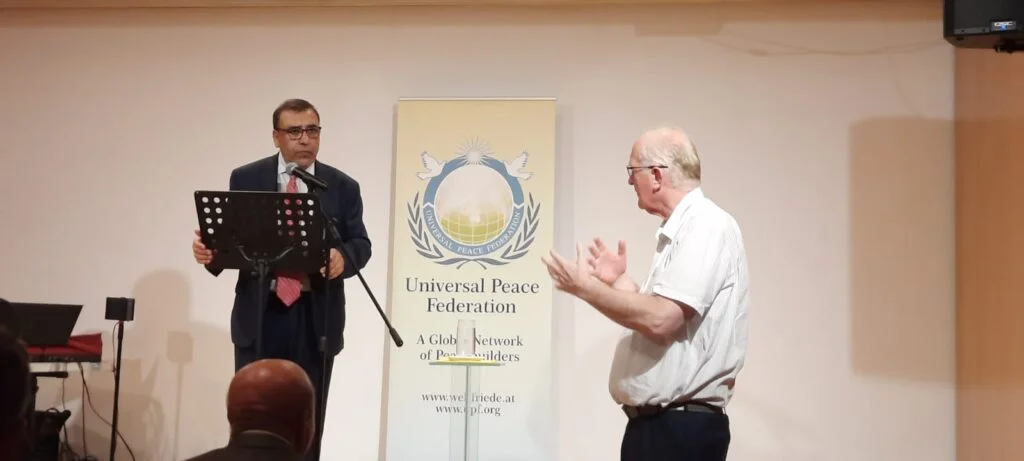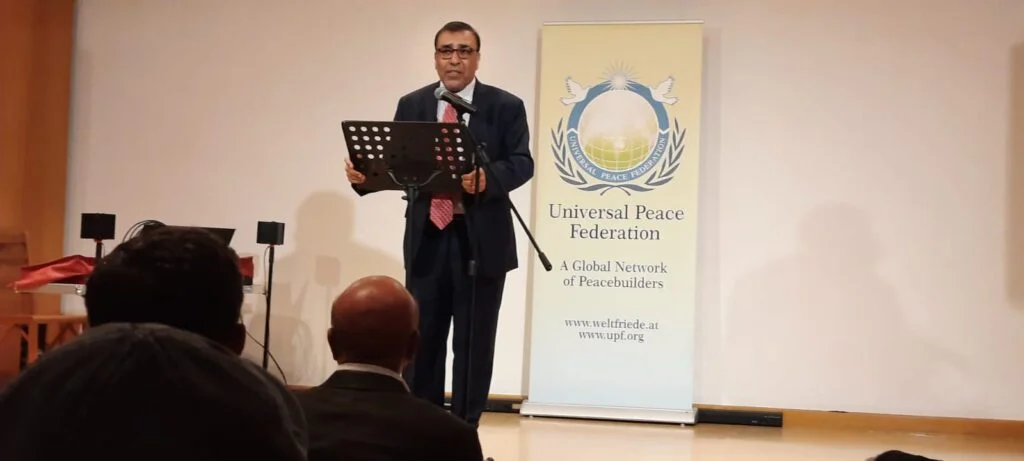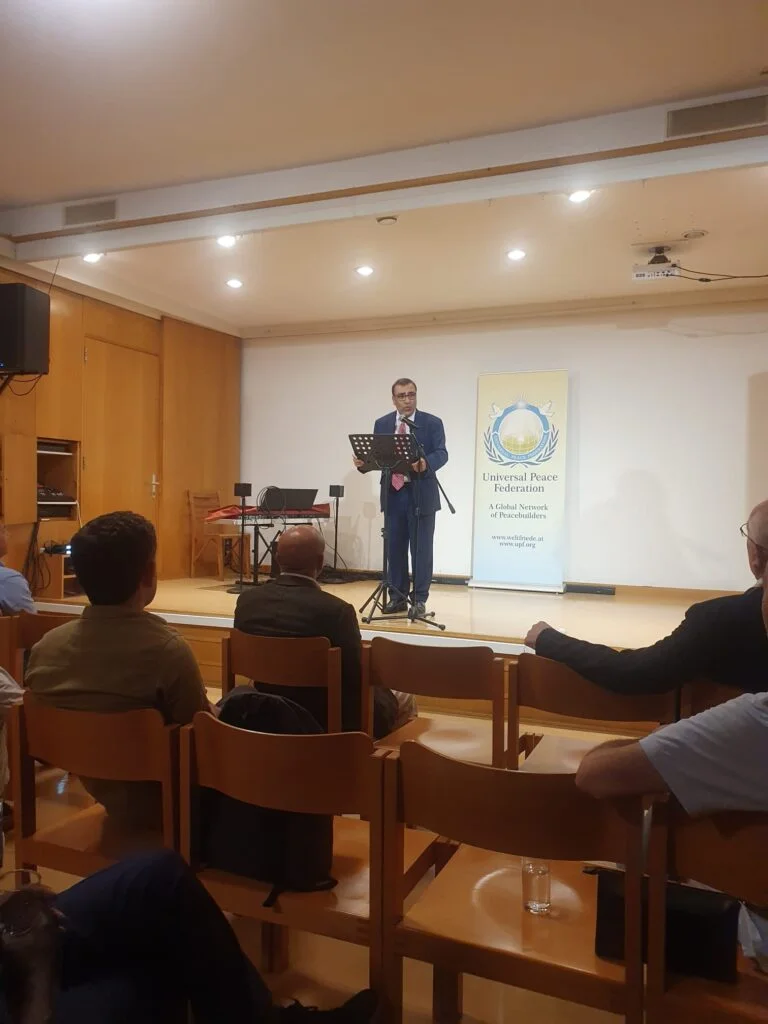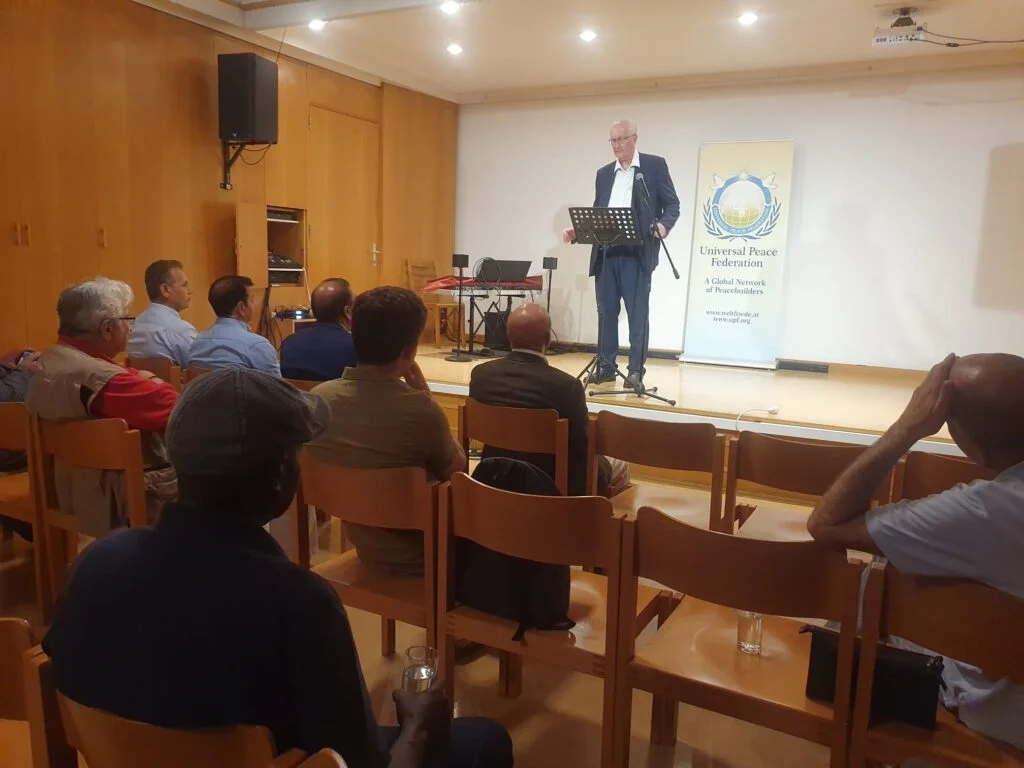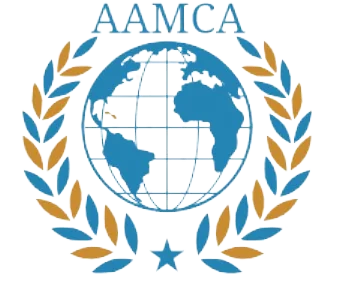Complexity of the Conflict
The Afghan conflict is a multifaceted issue that has persisted for decades, involving a myriad of stakeholders, each with their own agendas and interests. The primary actors include government forces, the Taliban, various insurgent groups, and a host of international actors. To understand the complexities of the Afghan conflict, one must first consider its historical context, socio-political landscape, and the numerous challenges that have emerged over the years.
Historically, Afghanistan has been a battleground for external powers, from the British Empire in the 19th century to the Soviet Union in the late 20th century, and more recently, the United States and NATO forces. Each incursion has left a profound impact on the country’s socio-political fabric. The fall of the Taliban regime in 2001, following the U.S.-led invasion, marked the beginning of a new chapter, yet it also set the stage for a protracted insurgency.
Government forces in Afghanistan have faced significant challenges in maintaining control and stability. Issues such as corruption, lack of resources, and internal divisions have hampered their effectiveness. The Taliban, on the other hand, have managed to sustain their insurgency through a combination of ideological commitment, local support, and external backing. Their ability to blend into the civilian population and employ guerrilla tactics has made them a formidable adversary.
Other insurgent groups, including ISIS-K, add another layer of complexity to the conflict. These groups often compete with the Taliban for influence and control, further destabilizing the region. Moreover, the involvement of international actors, each with their own strategic interests, has both helped and hindered efforts at peacebuilding. Nations like Pakistan, Iran, Russia, and China have varying degrees of influence and involvement, complicating the dynamics on the ground.
The socio-political landscape in Afghanistan is also marked by deep-seated ethnic and tribal divisions. These divisions have been exacerbated by years of conflict, leading to fragmented allegiances and localized power struggles. Additionally, the humanitarian crisis, characterized by widespread poverty, displacement, and lack of access to basic services, has further fueled grievances and unrest.
In conclusion, the Afghan conflict is a deeply intricate issue with no easy solutions. The interplay of historical legacies, internal dynamics, and external influences has created a situation where peace remains elusive. Understanding these complexities is crucial for any meaningful attempt at resolving the conflict and achieving lasting peace in Afghanistan.
The Taliban’s Role in the Peace Process
The Taliban has long been a formidable force in Afghanistan, shaping the nation’s political and military landscape. Emerging in the early 1990s amidst the chaos following the Soviet withdrawal, the group’s initial purpose was to establish order based on their interpretation of Islamic law. Over time, their influence grew, and they controlled significant territories, including Kabul, until their regime was toppled by the U.S.-led invasion in 2001. Despite this, the Taliban has retained substantial control over rural regions, underscoring their enduring presence and impact.
Currently, the Taliban’s strategies have evolved, reflecting a blend of military tactics and political maneuvering. Militarily, they continue to exert influence through insurgent activities, demonstrating their capacity to challenge the Afghan government and international forces. Politically, they have shown a willingness to engage in peace talks, signaling a shift from their earlier rigid stance. This dual approach underscores the complexity of their role in Afghanistan’s peace process.
The inclusion of the Taliban in peace discussions is crucial for any long-term resolution. Their control over vast areas and significant segments of the population means that excluding them would render any agreement ineffective. Past negotiations, such as the Doha Agreement signed in February 2020 between the U.S. and the Taliban, illustrate the importance of their participation. Although the agreement aimed to facilitate a reduction in violence and pave the way for intra-Afghan talks, the outcomes have been mixed, with sporadic violence continuing.
The international community’s stance on the Taliban’s involvement in peace talks has been varied but generally acknowledges their necessity in the process. Countries like the United States have pursued direct negotiations with the group, while others advocate for a more inclusive approach, involving various Afghan factions. The consensus is clear: sustainable peace can only be achieved through comprehensive dialogue that includes all key stakeholders, particularly the Taliban.
Importance of a Lasting Solution
Achieving a lasting peace in Afghanistan is paramount not only for ending violence but also for ensuring the nation’s long-term stability and prosperity. The ongoing conflict has had devastating repercussions, causing the displacement of millions and the widespread destruction of infrastructure. The socio-economic development of Afghanistan has been severely hampered, creating a cycle of poverty and instability that is difficult to break without a comprehensive solution.
A sustainable peace would allow for the reconstruction of critical infrastructure, including roads, schools, and healthcare facilities. This, in turn, would create a foundation for economic growth and improved living standards. Stability is crucial for attracting foreign investment and fostering local entrepreneurship, both of which are essential for creating jobs and reducing poverty. A stable Afghanistan would also be better positioned to address other pressing issues such as education, healthcare, and governance, which are all interconnected and vital for the nation’s overall development.
Moreover, a lasting solution would help in addressing the root causes of conflict, such as ethnic tensions, political instability, and economic disparities. By promoting inclusive governance and equitable resource distribution, Afghanistan can work towards a more harmonious society. The return of displaced populations to their homes is another significant benefit of sustainable peace, helping to rebuild communities and restore a sense of normalcy.
For Afghanistan’s future, it is essential to look beyond immediate cease-fires and temporary agreements. The focus should be on creating an environment where peace is not only achieved but also maintained. This requires the collective efforts of the Afghan government, international community, and local stakeholders to implement policies and programs that support long-term stability and growth. In essence, a lasting peace is the cornerstone upon which Afghanistan’s future must be built, ensuring a brighter and more prosperous tomorrow for all its citizens.
Mr. Miakhel’s Insights and Contributions
The pursuit of peace in Afghanistan has seen the involvement of numerous dedicated individuals, among whom Mr. Miakhel stands out prominently. With a distinguished background in both governmental and non-governmental sectors, Mr. Miakhel brings a wealth of experience and nuanced understanding to the peace process. His career, marked by significant roles in public administration and peacebuilding initiatives, positions him as a crucial voice in the discourse surrounding Afghanistan’s future.
Mr. Miakhel’s insights challenge many prevailing assumptions about the peace process in Afghanistan. He emphasizes the need for a comprehensive approach that goes beyond mere ceasefire agreements, advocating for the inclusion of diverse stakeholders in the dialogue. This includes not only political leaders and international actors but also local communities and civil society organizations. By fostering an inclusive environment, Mr. Miakhel believes that sustainable peace can be more effectively achieved.
One of Mr. Miakhel’s key contributions is his analysis of the broader implications of peace initiatives. He underscores the importance of addressing underlying socio-economic issues that fuel conflict, such as poverty, unemployment, and lack of education. According to Mr. Miakhel, peace efforts must be integrated with development programs that provide tangible benefits to the population, thereby enhancing public support for the peace process.
In practical terms, Mr. Miakhel advocates for a phased approach to peacebuilding. This involves initial confidence-building measures, followed by structured negotiations and the implementation of agreed-upon reforms. His strategic framework highlights the necessity of international support while ensuring that Afghan-led solutions remain at the forefront of the process. Mr. Miakhel’s perspectives are pivotal in shaping the ongoing discourse on peace in Afghanistan, offering a roadmap that balances immediate conflict resolution with long-term stability.
Through his contributions, Mr. Miakhel has significantly influenced both policy and practice in the pursuit of peace in Afghanistan. His work continues to inspire and guide efforts towards a more peaceful and prosperous future for the nation.
